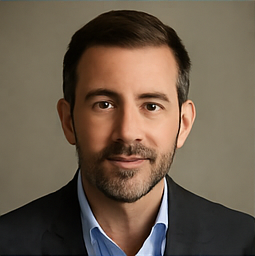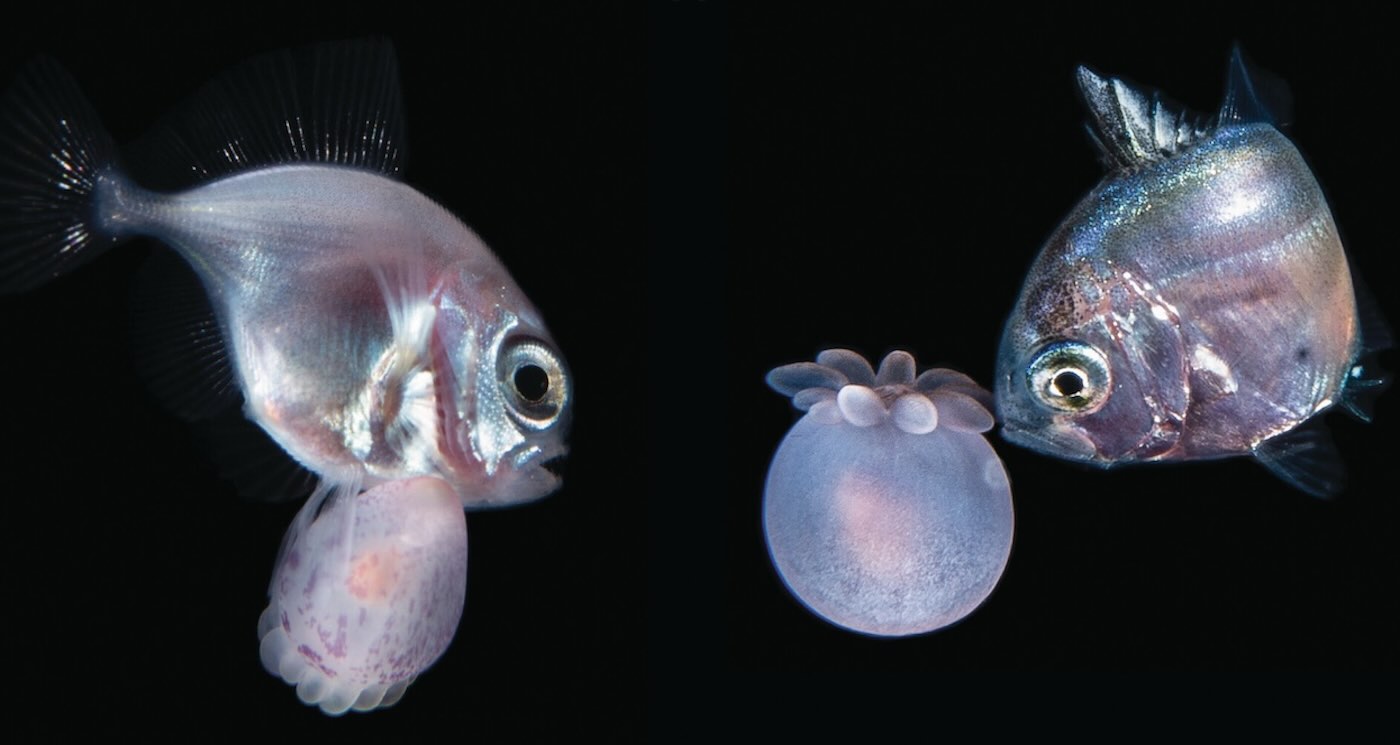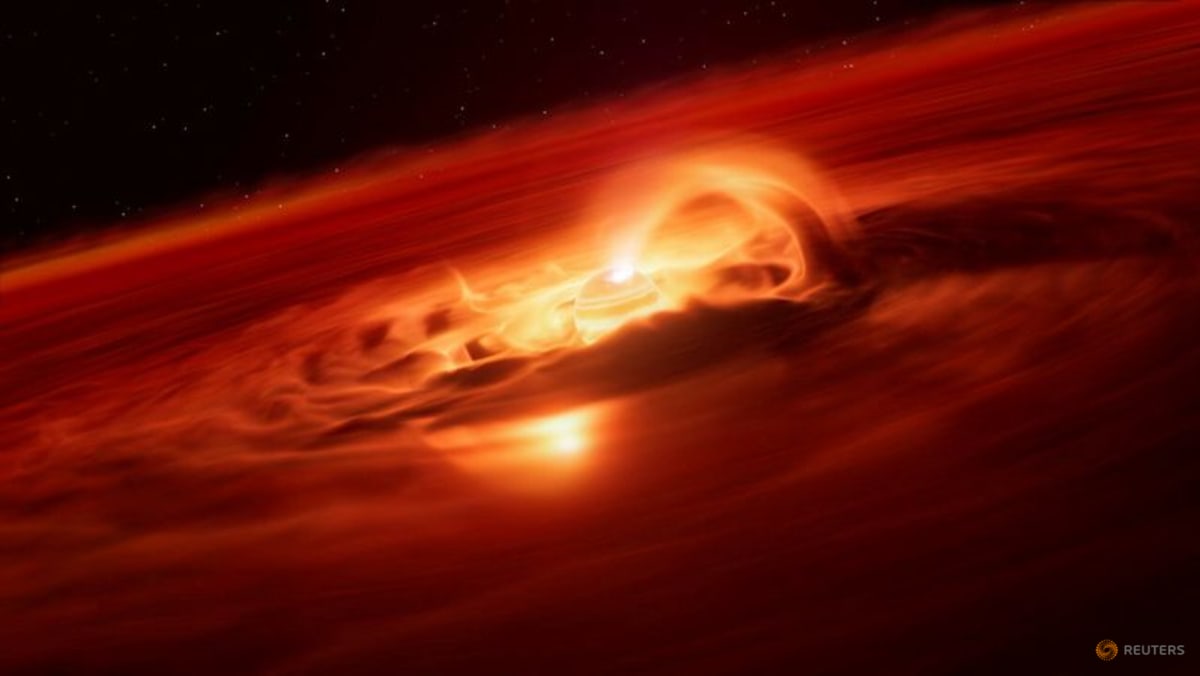Unbelievable Methane Explosion in Antarctica: A Hidden Danger Revealed!

Did you know that massive amounts of planet-heating methane are bubbling up from beneath the Antarctic seabed at an alarming rate? That's right! As the region warms, scientists have discovered new methane seeps at an astonishing pace, raising serious concerns that our future global warming predictions might be drastically underestimated.
Underneath the oceans lie vast reservoirs of methane, formed over millennia, waiting for the right moment to escape. This invisible gas is a notorious climate polluter, capable of trapping around 80 times more heat than carbon dioxide during its first 20 years in the atmosphere. Yet, our understanding of these underwater seeps remains limited. How many are there? How much gas reaches the atmosphere rather than being consumed by methane-munching microbes? These questions loom large for scientists eager to grasp the full implications of methane emissions.
A team of international researchers took the plunge to unravel these mysteries, employing advanced ship-based acoustic surveys, remotely operated vehicles, and divers to explore various sites in the Ross Sea, a vibrant bay nestled in Antarctica's Southern Ocean. Their findings were startling. They identified over 40 methane seeps, many located in shallow waters that had been studied repeatedly before, suggesting a potential “fundamental shift” in methane release in the region.
Sarah Seabrook, a marine scientist and study author, expressed her astonishment, stating, “Something that was thought to be rare is now seemingly becoming widespread.” The discovery ignited a wave of excitement among the scientists, only to be swiftly tempered by a growing anxiety about the environmental implications.
The crux of the concern? These seeps could rapidly release methane into the atmosphere, acting as a previously unaccounted source of global warming pollution. Further complicating the issue, the scientists worry about potential cascading effects on marine ecosystems.
Although the precise triggers behind these methane seeps remain unclear, the team is investigating whether climate change is fueling this phenomenon. Seabrook highlighted parallels with the Arctic, where increased methane release has already been linked to climate change impacts, including rising temperatures and shifts in sea levels. This creates a perilous feedback loop: climate change leads to more methane seeps, which in turn exacerbates climate change.
To deepen their investigation, the scientists plan to return to Antarctica for two months of further analysis on these alarming seeps. Andrew Thurber, a marine biology professor involved in the study, emphasized the gravity of the situation, stating, “Methane is a real unknown; it’s going up in the atmosphere and we don’t know why.” He cautioned that the vast reservoirs of methane in Antarctica could transform from a natural laboratory into an “epicenter of danger” if warming continues unchecked.
As Thurber poignantly remarked, these seeps are akin to a “dangerous animal”—fascinating to study but potentially catastrophic if underestimated. The urgency to confront this hidden danger is now undeniable.

